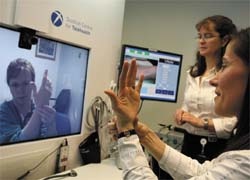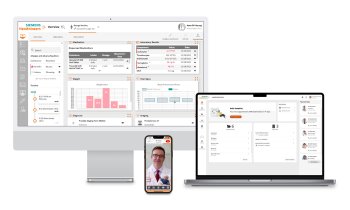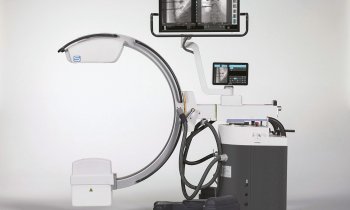Scots test telemetry system
Report: Anja Behringer
The world's first installation of Cisco's telemetry system HealthPresence has been completed at Aberdeen Royal Infirmary in Scotland. The system combines video, audio and call centre technology with medical information in a high-security network.

‘By integrating the video conferencing solution Tele-Presence it allows a virtual face-to-face conversation although physician and patient may be miles apart,’ Cisco explains. ‘HealthPresence interfaces with diagnostic equipment such as stethoscopes, otoscopes and to a monitor that displays blood pressure, temperature, pulse rate and pulse oxymetry. An attendant operates the equipment at the patient site and monitors it.’
In partnership with the Scottish Centre for Telehealth and the National Health Service Scotland, Cisco has been live testing, since earlier in the year, the efficacy of the solution as well as patient and caregiver satisfaction. Further international tests are planned.
Telemetry delivers healthcare to even the most remote areas, bringing with it the value of distant medical specialist involvement in a case. The system can be installed in an office building, community centre, hotel or school, also bringing easier access to the elderly.
A satellite link is envisaged that will make the IT platform the ideal partner for short-term use, for example in disaster areas or during the outbreak of epidemics.
Features
• Based on Cisco TelePresence and a secure networking infrastructure.
• Combines state-of-the-art video technology with physiological data captured by an array of medical devices.
• Can be located anywhere there is broadband access; integration with satellite communications is expected in the future.
• Based on industry-leading audio and video technology offering high-definition images.
• Supported by attendants.
• Can be integrated with Electronic Medical Records (EMRs) and can access other hosted services.
• Will be integrated with IP-based call centre technology.
Benefits
• Enables access to care anywhere, anytime.
• Can be configured to deliver primary care, specialty care, and chronic care management services.
• Facilitates new care delivery models, extending the service delivery area.
• Uses an IP communications platform; clinical providers can be co-located or distributed; can be serviced from call centres, medical offices, hospitals, and clinics.
• Provides better and more convenient access to healthcare.
• Can be placed in retail and office locations, schools, industrial parks, planned communities – anywhere services are not easily accessible.
• Patients can access remote specialists without travelling.
• Replicates the in-person experience for both patient and provider, with life-size images and no voice delay.
• Does not require expensive health personnel.
• Assures a safe and pleasant experience for patients.
• EMRs used over a secure network provide the best enabling technology for continuity of care and efficient care delivery.
• Optimises use of scarce clinical resources
• Can organise resources by region, type, specialty, gender, or any other organising principle
01.09.2008










